Troubled Waters: The Salton Sea Project Part 3 – A Lake Languished
Along the dusty shoreline of the Salton Sea, you could blink and you'd miss it: the Ski Inn, the only bar around the east side of the lake for 40 miles.
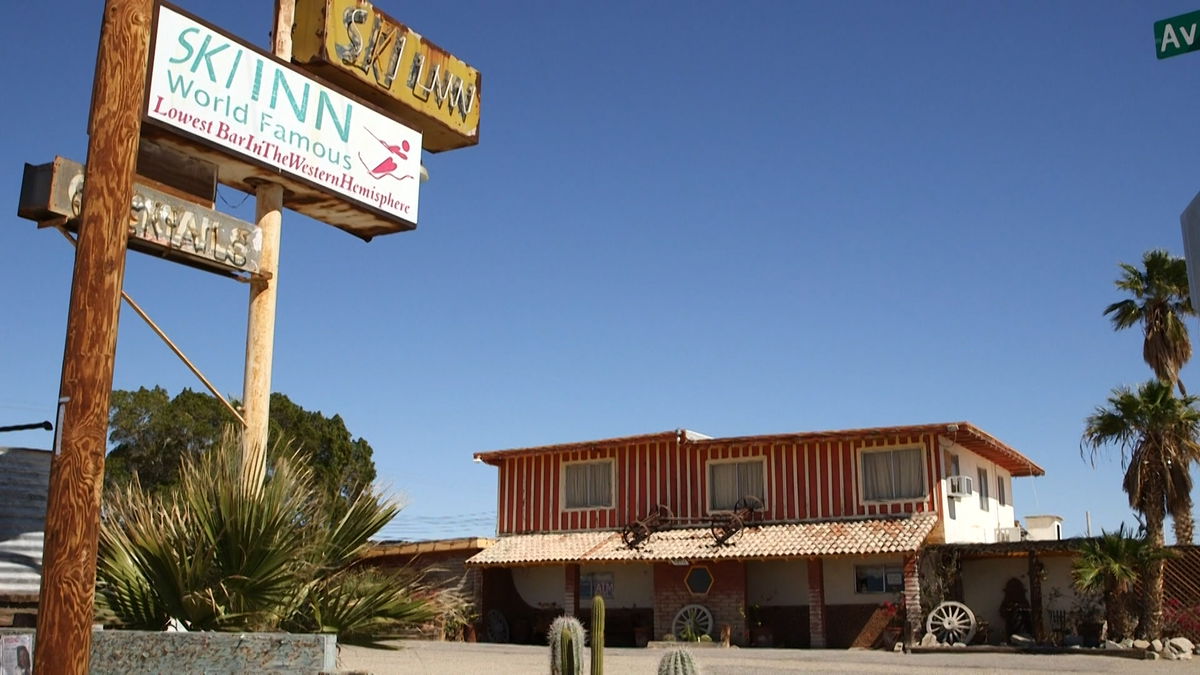
This neighborhood bar and restaurant in Bombay Beach is a local watering hole that's been here for decades, an obscure Anthony Bourdain stop, wallpapered with dollar bills from visitors through the years. It's certainly a bar that's seen better days.
"There was five bars in this town. And they were all packed every weekend. And slowly, they all went away," said Sonia Herbert, the owner of the Ski Inn.
Gone away with the shrinking waters of the Salton Sea, Herbert said, as she has watched life at the lake wither away for the past 45 years.
"It's a crying shame that they're letting this whole beautiful area die," Herbert said.
But that brings the question: who is "they?" Just who is in charge of revitalization of California's largest lake, and why has it been so tough to solve the issues at the Salton Sea?
"There's been, unfortunately, what we could call in the community a pissing contest amongst agencies that have caused a delay," said Assemblymember Eduardo Garcia.
There has been a lot of blame passed around by those who own the land around and under the Salton Sea. The biggest land owner here is the Imperial Irrigation District, or IID. Then, the federal government. Next, the Torres-Martinez tribe.
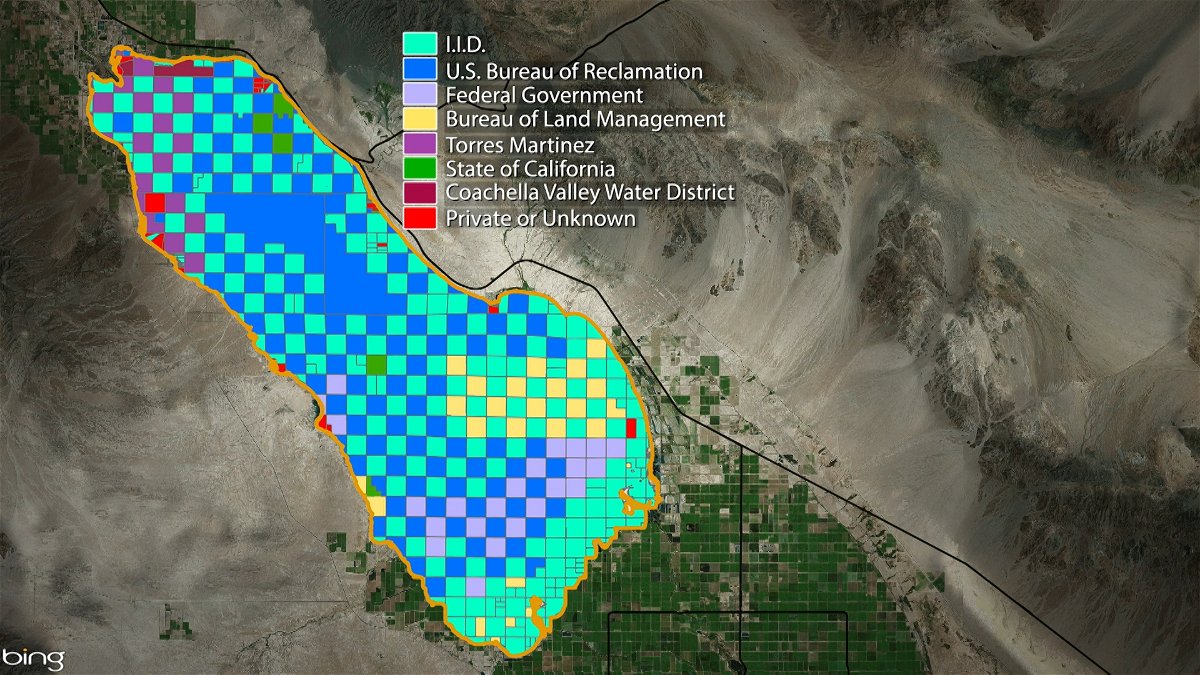
More than a dozen different landowners with different ideas of what's best for the Salton Sea has led to infighting and inertia on dust mitigation solutions.
"Agencies, organizations, sometimes get in the way of getting things done because of territory because of conflicts," Garcia said.
In 2015, News Channel 3 aired a report on the first groundbreaking of a project at the Salton Sea to create more wetlands and alleviate the dust. The Red Hill Bay Marina project back then was hailed as progress and praised for finally spurring long-awaited action.
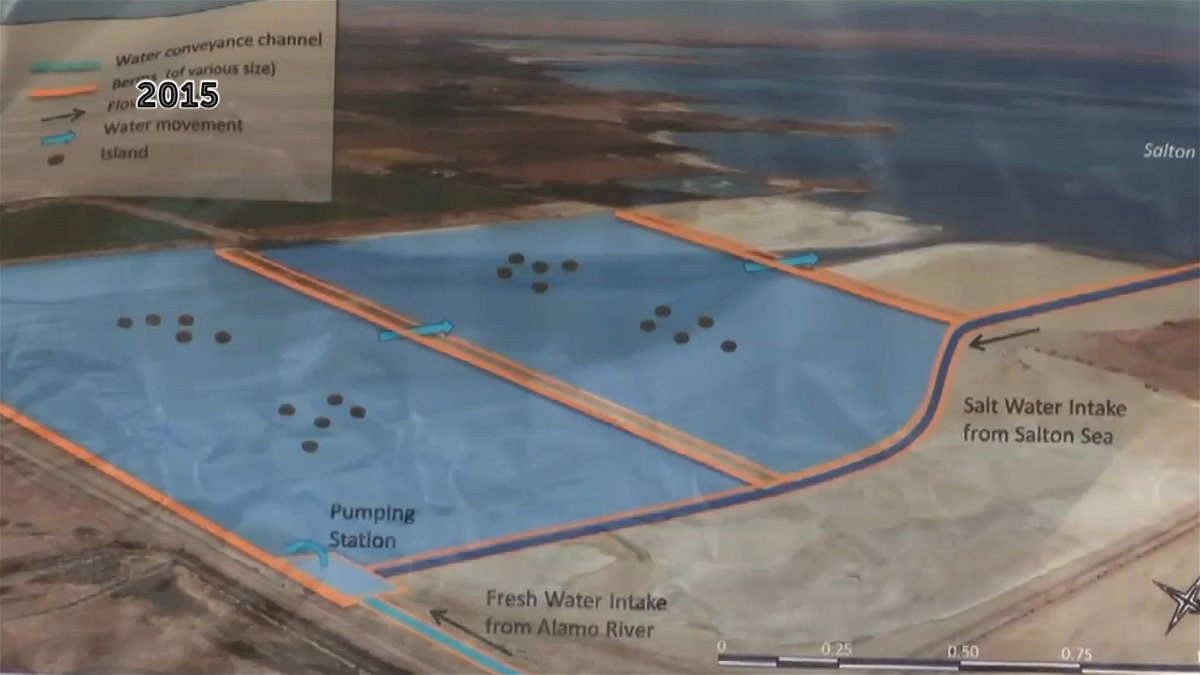
The project was, ideally, supposed to be completed in 2016, but a check on the project site showed that six years later, the area remained as dry as the day the agencies in charge, the Imperial Irrigation District (IID) and U.S. Fish and Wildlife Service, broke ground.
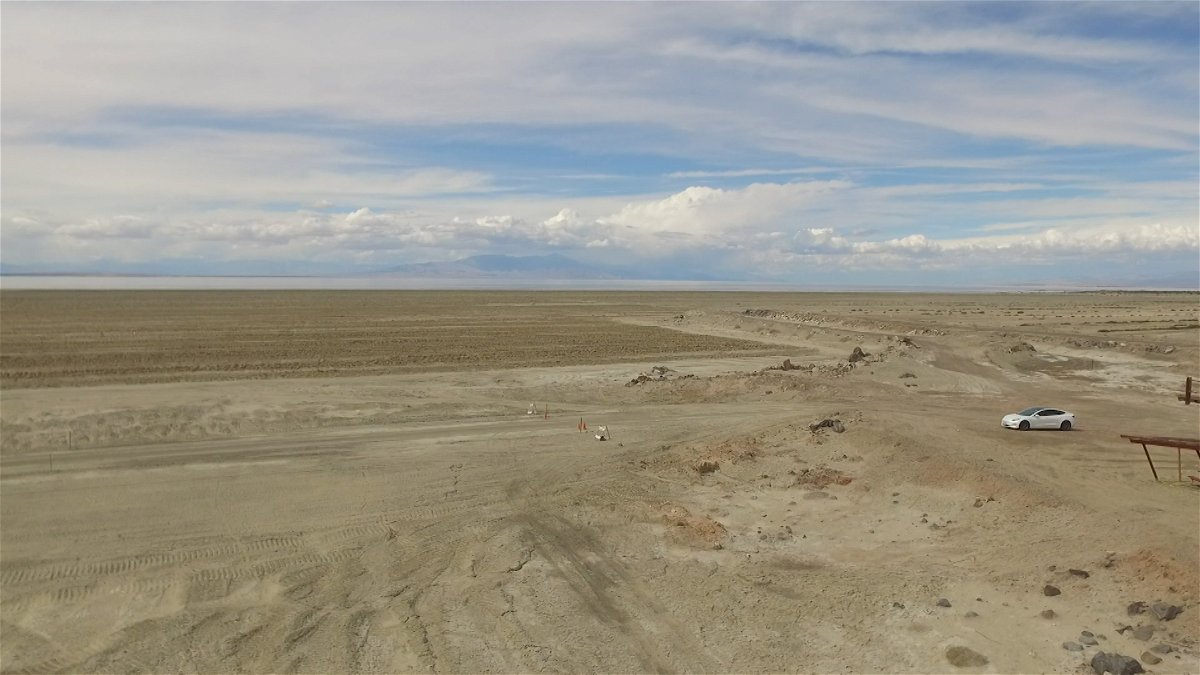
IID had been working on this project with federal US Fish and Wildlife with state money.
"The main problem with that project is because you have so many different bureaucratic agencies working on it, and because it's very complicated, when they would come up with a design and then look at the funding they had, it was insufficient," said Tina Shields, the Water Department manager of IID. "So, they would go back and redo the design and the estimates were higher than the budget. So it's been this back and forth process."
UPDATE: Rep. Ruiz sends letters to IID & FWS regarding the Red Hill Project at the Salton Sea
IID and U.S. Fish and Wildlife Service have now been served with a Notice of Violation by the Imperial Valley Air Pollution Control District for all the dust blowing off the incomplete project, something they say only delays its redesigned dust mitigation project even more.
As of May 2021, the violation hearing process is ongoing.
Much of the tension today stems from a 2003 water transfer deal called the Quantification Settlement Agreement (QSA).
The state pressured IID into redirecting farm water runoff that flowed into and replenished the Salton Sea toward San Diego and other cities instead. In return, the state promised to restore the Salton Sea.
"Hey, California, you promised and now it's time to pay the piper and step up to your obligation," Shields said.
But California, after that deal was made did nearly nothing for 16 years. The the state is owning up to it now, saying in part, "While the past has seen many delays and false starts, we have made strong progress in recent years." (See the full statement below from the California Natural Resources Agency.)
Full Statement from Arturo Delgado, Assistant Secretary for Salton Sea Policy at the California Natural Resources Agency, to KESQ responding to criticism that the state is to blame for issues at the Salton Sea and the lack of movement in the past years since the Salton Sea Management Project 10-year plan was put forth.
"We recognize the state has not yet delivered on its commitments, and while challenges abound, we are grateful to our partners and the dedication of those around the Salton Sea to improve air quality, build habitat and protect natural resources.
Make no mistake, this is a challenging endeavor. We recognize passions and love for the Sea run high. Still, the state and partners have demonstrated a significant commitment to making progress. While the past has seen many delays and false starts, we have made strong progress in recent years and remain committed to implementing projects that will improve conditions for communities as well as the environment.
Much is underway. From additional funding proposed this week in the Governor’s budget to construction now underway at the Species Conservation Habitat Project and key steps forward for the North Lake Demonstration Project and an independent feasibility assessment of water importation strategies, progress is happening. Working with our partners, the state is focused on delivering projects and catching up with the acreage targets in our 10-Year Plan in the coming years."
And what about all the millions poured into saving the Salton Sea over the years?
The latest 2021 report from the California Natural Resources Agency shows $55.9 million of state funding over the past 20 years or so has been spent mostly on studies, planning, staff and consultants, and relatively little of it on actual construction at the lake.
The federal government has given least $20 million, with a lot of that money spent on nearby farm resource conservation.
Closer to the Coachella Valley, Desert Shores on the west side of the lake has been dealing with a murky mess along the shoreline for years.
"If you look at the water now, it's orange; it's brown; it's red. There are some cyanobacteria that aren't good for people, that aren't good for pets. And when that water dries up, this area becomes really, a mess. It gets dusty and makes people sick," said Kerry Morrison, former mayor of Desert Shores and founder of the environmental awareness group The Ecomedia Compass.

Not too long ago, you could launch a boat in the inlets surrounding the homes near the shore and jet around, but the water has receded so rapidly that any sort of boat ride would not be possible today.
All residents want is a dam in Desert Shores to replenish the inlets with treated water and subsequently, to bring quality of life back. The state had promised three years ago to get it done.
"There have been many broken promises, and that's left the population distrusting of government," Morrison said.
But recently the state has actually started moving on the Desert Shores project, according to Morrison. Interestingly enough, News Channel 3 has seen the most action at the Salton Sea in 2021, than in decades. And it all comes down to one thing: how much the politician in power cares.
Singer Sonny Bono was the first in the mid '90s to bring attention to the plight of the lake as the Coachella Valley's congressman. His star power even brought then House Speak Newt Gingrich out to the lake.
But when Bono died in 1998, so did the national interest.
"A lot of money gets invested, and then it seems like something else comes along where the political will disappears," said Michael Cohen of the Pacific Institute, a water policy think tank.
In the late 2000s, Governor Gray Davis got the state to agree to handle mitigation of the Salton Sea after the QSA. But when he was recalled that commitment went to Governor Arnold Schwarzenegger.
The Schwarzenegger administration put together a massive $8.9 billion plan that few stakeholders liked. When the 2008 recession hit, the lake was put on the back burner, and not much was done. Then, Governor Jerry Brown came in, never prioritized the Salton Sea, and so again, not much was done.
Now, experts credit this sudden burst of progress with Governor Gavin Newsom.
"Governor Newsom was elected, he went down to the Salton Sea while he was still the lieutenant governor, and said, 'I can be held accountable for this, this is on my watch,'" Cohen said.
Talk turned to action in the construction of the Species Conservation Habitat, a long-delayed wetlands project by the state. It finally broke ground this past January after a three-year delay.
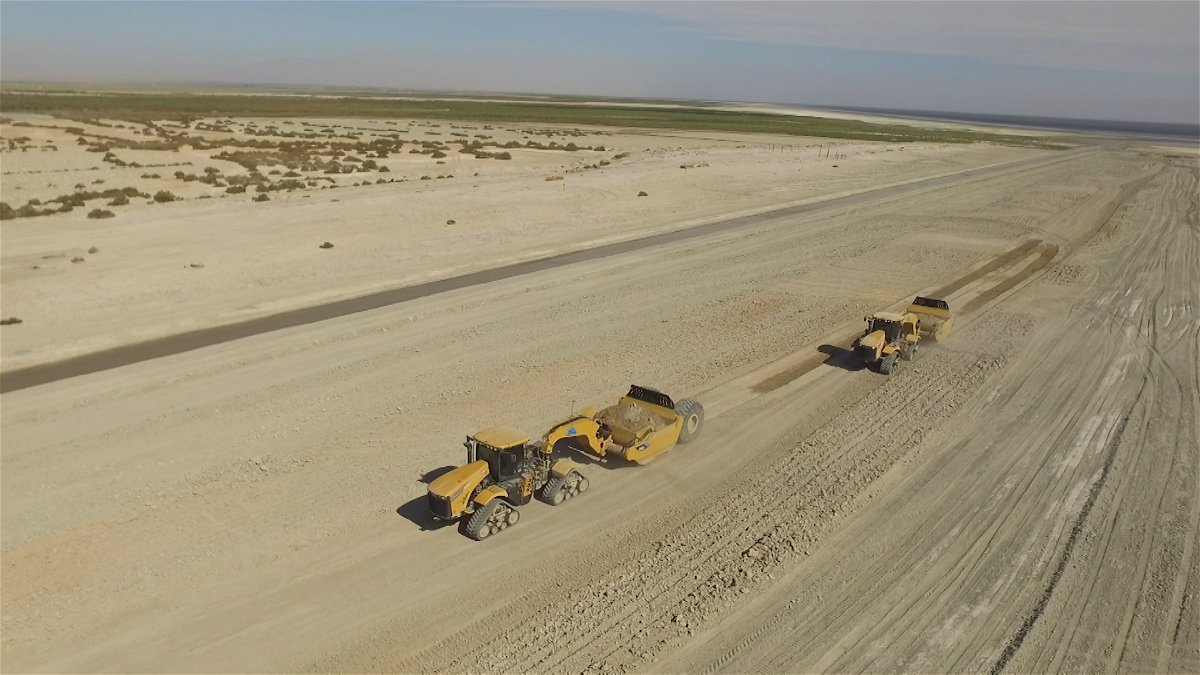
"We've included $240 million to keep this kind of work moving forward. And what we need to do is begin planning and investing in projects that are near the population," Garcia said.
For Sonia Herbert, all she wants is someone to hear her cries.
"If they could just come and see the beauty and just feel the ambience here," Herbert said. "They should save the sea. It's a crying shame."
Click here to visit our Salton Sea Project section to learn more about the special report
Coming up next week, the final part of Troubled Waters: The Salton Sea Project.
Angela Chen takes a look at what projects are happening now and why the Salton Sea is suddenly one of the biggest potential players when it comes to electric vehicles, iPhones and other electronics.
Watch "Salton Sea Plea," Wednesday, May 26 at 6 p.m. on News Channel 3 and CBS Local 2.
Check out Part 1 - Paradise Lost: Angela looks back at the history of the Salton Sea. Find out its connection to Spanish explorers, and how it went from one of the most popular destination to abandoned and on the verge of disaster
Check Out Part 2- Toxic Exposure: Angela goes in-depth on the history of toxic outbreaks at the Salton Sea and its connection to the current health issues of those who live near the lake
Part 4: Salton Sea Plea - There are massive environmental problems at the Salton Sea, but after decades of neglect, could the lake's unique location be part of the solution in saving it? Angela highlights the movement happening to save the lake




